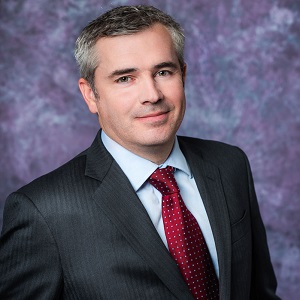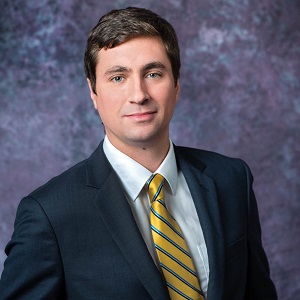
Atomic Pulse
Pink Salt, Seven-Foot-Thick Walls, and a State-of-the-Art Centrifuge Plant: A Trip to America’s Nuclear Corridor
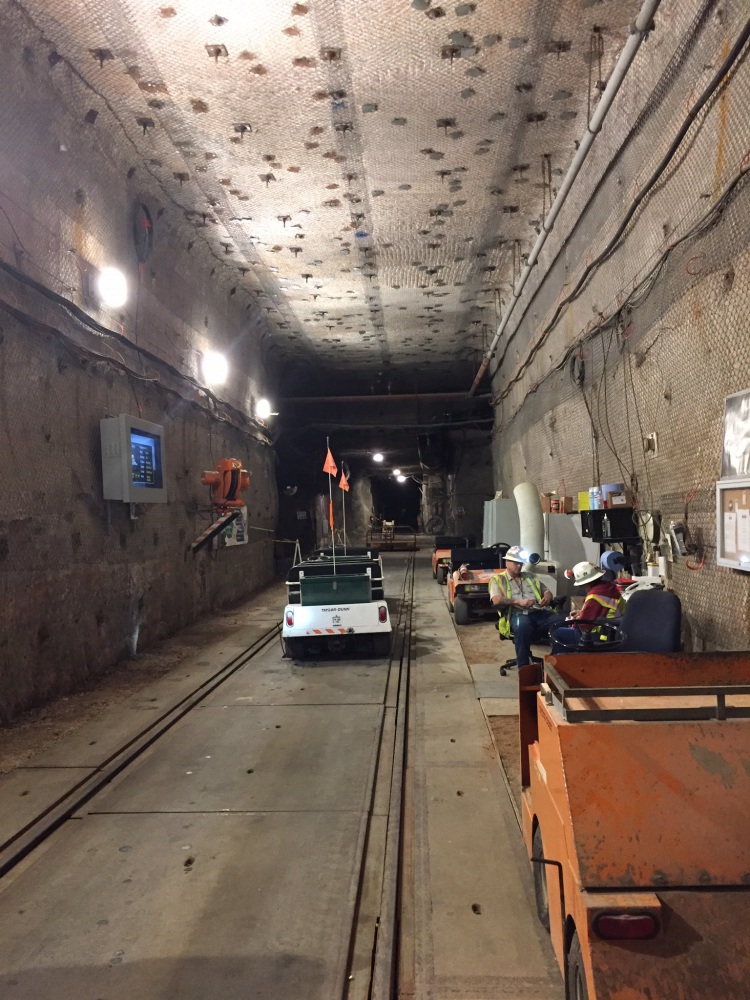
NTI’s Martin Rioux-Lefebvre and Andrew Newman, senior program officers in the
Materials Security and Minimization program, travelled to Texas and New Mexico to
visit three nuclear fuel cycle sites as part of their work with NTI’s Developing Spent Fuel Strategies project. Led by
Newman, co-author of Decision-making
and Radioactive Waste Disposal, the project seeks to strengthen
global approaches to nuclear materials management.
Here is their account of the trip:
As part of
our research into new solutions for spent fuel waste management, we were
fortunate in early February to visit three of the six facilities that make up what is often called the ‘nuclear corridor’ in
Southeast New Mexico and West Texas: the Waste Isolation Pilot Plant (WIPP) and
the URENCO USA uranium enrichment facility in New Mexico and Waste Control
Specialists (WCS) in Texas. (The three we didn’t get to are Sandia and Los
Alamos National Labs in New Mexico and the Pantex nuclear
weapons assembly/disassembly facility in Texas).
Our trip started at WIPP, near Carlsbad, NM. WIPP is the Department of Energy’s repository for disposal of ‘transuranic waste’ from defense programs. Transuranic waste consists of material
contaminated with radioactive elements heavier than uranium and not found in
nature, such as plutonium and americium. The waste is lowered 2,150 feet
underground into a huge pink salt formation formed about 250 million years ago.
Once the deep storage rooms and walls are filled with containers, the salt is
allowed to slowly and progressively cave in from all sides and seal the waste
permanently.
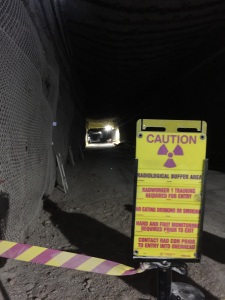
After riding down in a mining elevator for about five minutes, we spent more than two hours almost half-mile underground with the site operators to discuss the mine’s design, engineering features, and safety and emergency response procedures.
We learned about past safety incidents, how the team at WIPP has carefully addressed those problems, and the disposal schedule moving forward.
The next morning, we crossed the state
line into Texas and toured the WCS site in Andrews County, a remote and arid
corner of the state’s vast oil patch. WCS is a privately owned company that
treats, stores, and disposes of low-level radioactive waste from commercial generators
(power plants, hospitals, etc.) in one landfill and the low-level waste from
the Department of Energy in a separate but identical landfill.
Buried in dense, red bed clay and
bolstered by several additional man-made layers of protection against radionuclide
leakage, including a seven foot thick steel-reinforced concrete liner, the waste is isolated from the
surrounding environment until it no longer poses any safety or security risk. WCS
has also submitted an application to the Nuclear Regulatory Commission to build
an interim storage facility for spent fuel from nuclear power plants.
After visiting the WCS site we drove a
mile back into New Mexico to the URENCO USA uranium enrichment facility. Senior
managers gave us a presentation on URENCO’s corporate structure, licensing
history in the United States and business model, followed by a two-hour tour of
the facility. It was a unique opportunity to see, and better understand, the
functioning of a state-of-the-art centrifuge plant.
Each site is
an engineering marvel, and each plays an
indispensable role in the safe and secure functioning of the entire U.S. nuclear
enterprise, from defense and energy to medicine and science.
Stay Informed
Sign up for our newsletter to get the latest on nuclear and biological threats.
More on Atomic Pulse
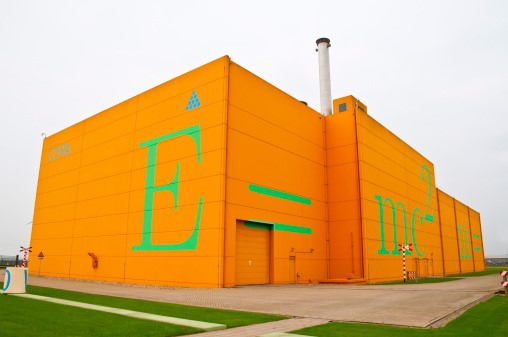
The Good, the Bad and the Extraterrestrial: The Decades-Long Struggle to Dispose of Nuclear Waste
Reaching agreement on what to do with left-over nuclear material has eluded many scientists and engineers, politicians and publics for decades.
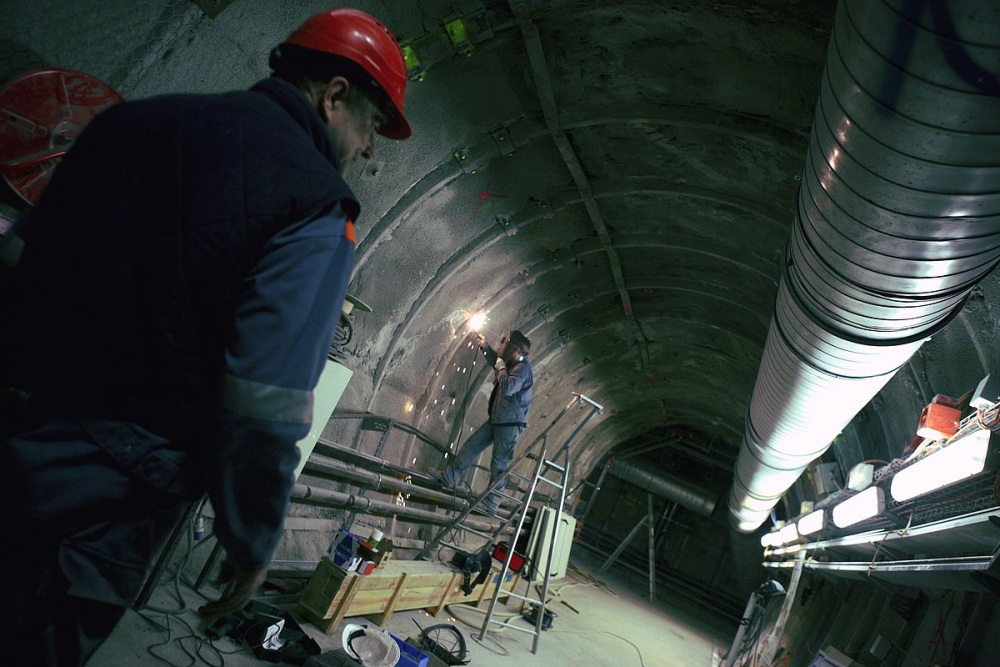
Underground Research Laboratories: Not Just for Bond Villains and Batman
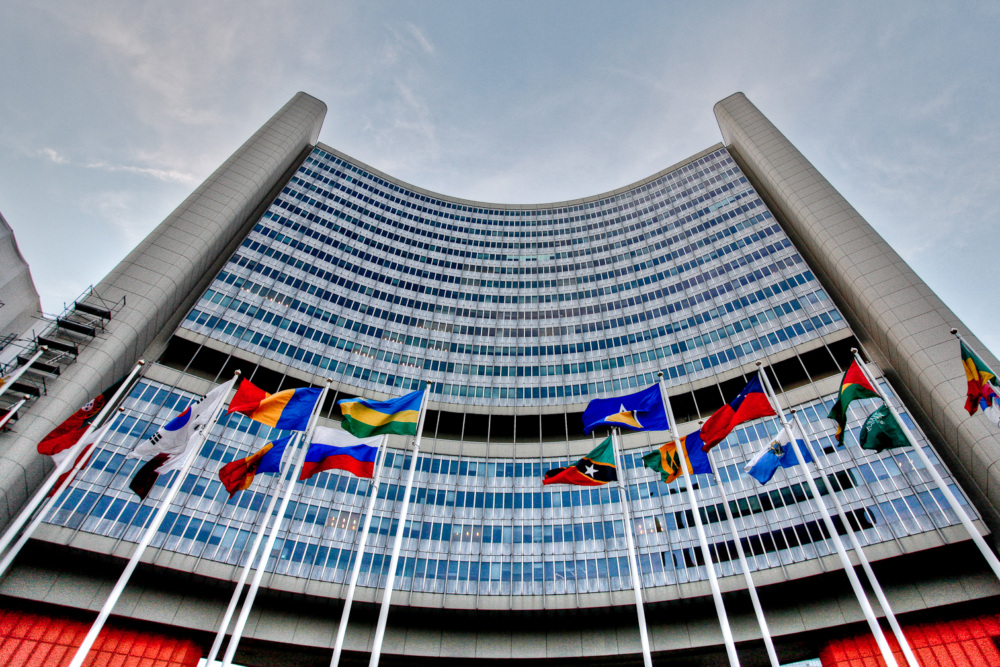
Time to Change Course on Nuclear Security
Governments should use the 2024 International Conference on Nuclear Security (ICONS) to reaffirm their commitment to preventing nuclear catastrophe.

